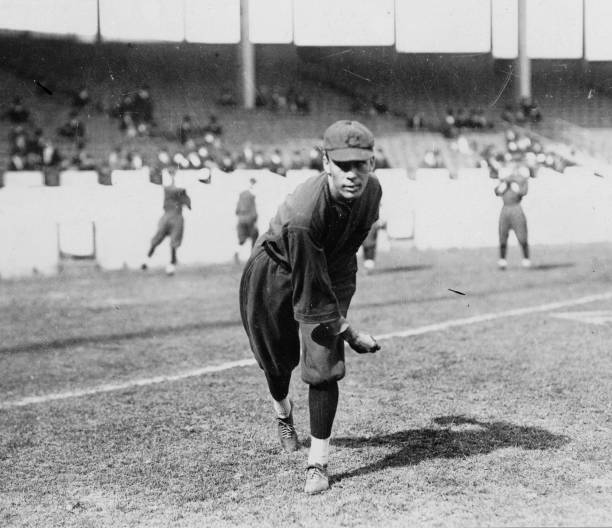
Since 1868, when Nemesio and Ernesto Guilló formed the Havana Base Ball Club, our pastime has flourished in Latin America. The Cincinnati Reds, pioneers in many facets of our game, were also leaders in signing and regularly playing Latino players.
If Elly De La Cruz is the latest Latin American Reds star, then Armando Marsans would be considered the first.

(Provided)
In 1908, The Reds traveled to Cuba for a month of exhibition games, and according to documentation, were the first major league team to do so. This barnstorming tour in November and December provided the Reds an up close and personal look at some of the top talent in Cuba. There were three players that stood out: Rafael Almeida, Armando Marsans, and José Méndez. Méndez was an incredible pitcher. In fact, he amassed 45 straight scoreless innings in 1908. In the first exhibition game against the Reds, he took a no-hitter into the ninth before Miller Huggins tapped a slow roller to the first base side of the mound for and infield hit. Almeida was a formidable infielder, and Marsans, a speedy outfielder with an above average bat. In 1911, the Reds would sign Marsans and Almeida, but not Méndez.
Why?
Sadly, it was because of the color of his skin. Méndez had much darker skin than Almeida and Marsans (both came from from European families, thus they were lighter skinned Cubans) In other words, Méndez was thought to have “Negro blood” and thus not given an opportunity.
Fittingly, on July 4, 1911, Almeida and Marsans both debuted with the Cincinnati Reds, becoming the first Cuban players in the major leagues. Although Almeida’s career was short lived, Marsans became a Reds regular outfielder, batting .300 in four seasons, becoming the first Latino player to start regularly for a major league team. He was a gentleman and spoke English fairly well, even keeping a dictionary in his uniform pants pocket.

(The Cincinnati Post – 6/29/1911)

(Armando Marsans, Cincinnati Reds – Library of Congress)
In 1912, Marsans had his best overall season batting .317, and swiping 35 bases, putting him in the top 10 in the NL. Mostly a pull hitter, teams applied a shift when we came to bat, but Marsans was able to hit line drives over the shift and his infield hits were aided by his exceptional speed. Bu the middle of the 1912 season, rumors swirled that clubs were after the new sensation, rumors that were denied in the papers by President Herrmann.

The Cincinnati Post – 6/12/1912

The Cincinnati Post – 7/26/1912
Unfortunately, Marsans career with the Reds ended unceremoniously when he was persuaded to “jump” to the St. Louis club in the new Federal League. His career was never the same. He finished his MLB career with the New York Yankees in 1918 at the age of 30.
In 1923, Marsans signed with Louisville of the American Association and played a few games with the Cuban Stars of the Eastern Colored League. In 1924, Marsans became player-manager of the Elmira Colonels in the NY-Penn League, becoming the first Latin American manager in minor league history. He would spend his final years in Cuba playing winter ball before retiring after the 1927-28 season.
On July 26, 1939, Marsans became one of the first 10 men to be inducted into the Cuban Baseball Hall of Fame.
He passed away on September 3, 1960


